Senior-led TV shows are rare and always welcome, but they seem to require a gimmick to get on the air these days.
The reboot of Matlock began with a cash-strapped, widowed, and retired lawyer reentering the workforce to raise a grandson.
But the pilot ended with that character *actually* being a wealthy, happily married woman infiltrating a law firm to avenge her daughter’s death from opioids.

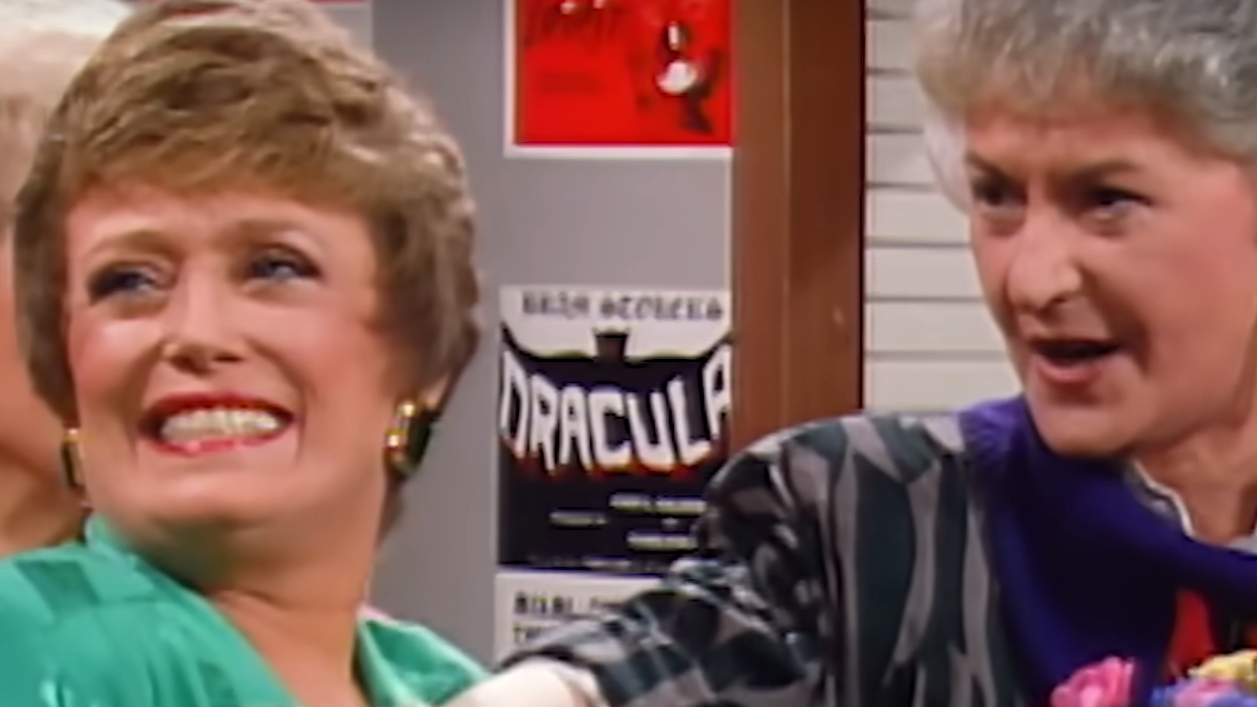
Similarly, Tulsa King’s first season featured a fish-out-of-water narrative with Dwight Manfredi as a mobster who emerged from twenty-five years in prison to a changed world he had to learn to navigate and monetize.
This was highly engaging (and incredibly funny) until the second season, when Dwight seemed full up to speed with the current times, and the show became more of a generic crime thriller.
Maddie Matlock’s plight as an elderly widow who desperately needs to work and dusts off her law degree to do so should be compelling enough to carry a series, and it was until “The Twist” at the end of the Matlock pilot was revealed.
Why are the realistic problems of older people not viewed as worthy enough to carry a TV series? The Golden Girls proved there was a market for this type of content over forty years ago.
Picture It: Old People Being Old, And It’s Okay
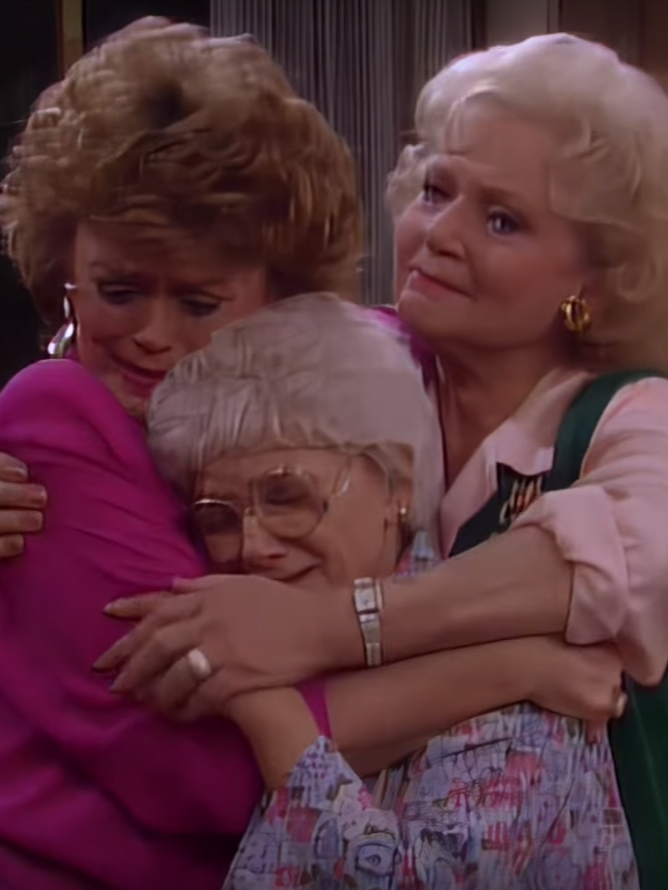

The Golden Girls featured many heightened sitcom situations during its run, but it focused on the more mundane aspects of its characters’ lives.
After all, the show’s initial setup involved homeowner Blanche Devereaux needing roommates to help pay her mortgage.
The girls were in various states of financial precarity after divorces, widowhood, or small pensions from steady but non-lucrative careers. Living together gave them all some breathing room.
It was revolutionary for a show at the time to explore the lives of older, unmarried women who didn’t live with family.
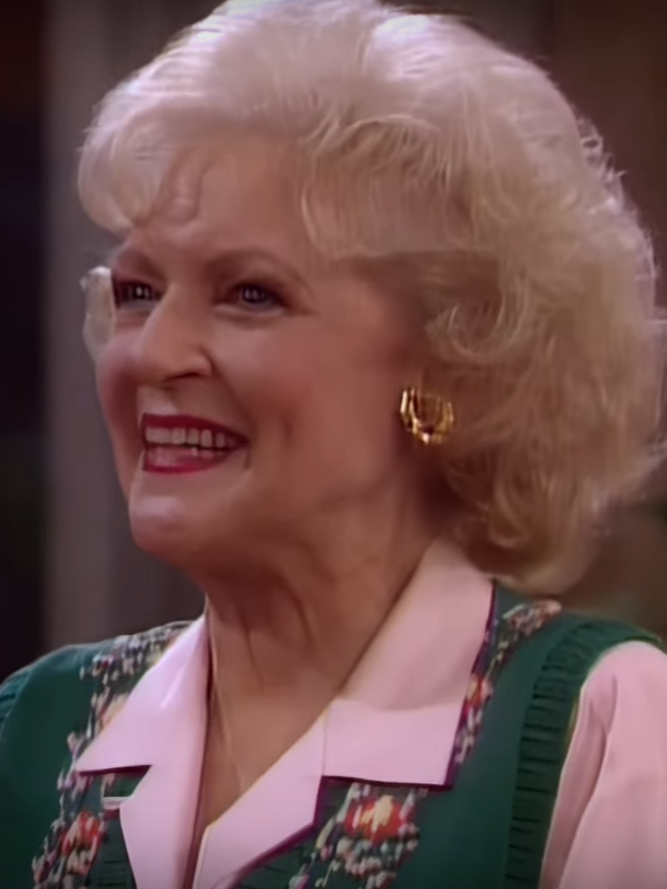

Their day-to-day struggles weren’t particularly groundbreaking aside from the unique point of view provided by their age and gender. And, of course, the humor their characters brought to every situation.
The Golden Girls explored a number of big issues of the time, like the AIDS crisis and immigration. But perhaps its most daring topic was the sexuality of older women.
The jokes about aging, in general, were universally funny, but the focus on women of a certain age took the show to a whole new level.
Girls Before Golden
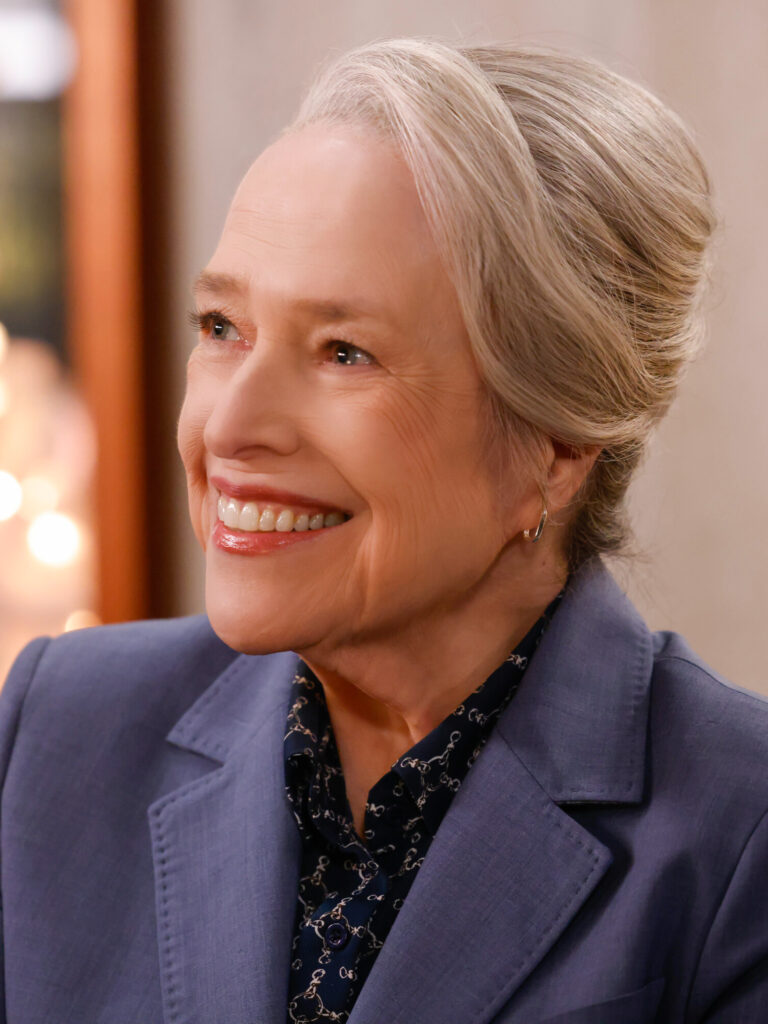
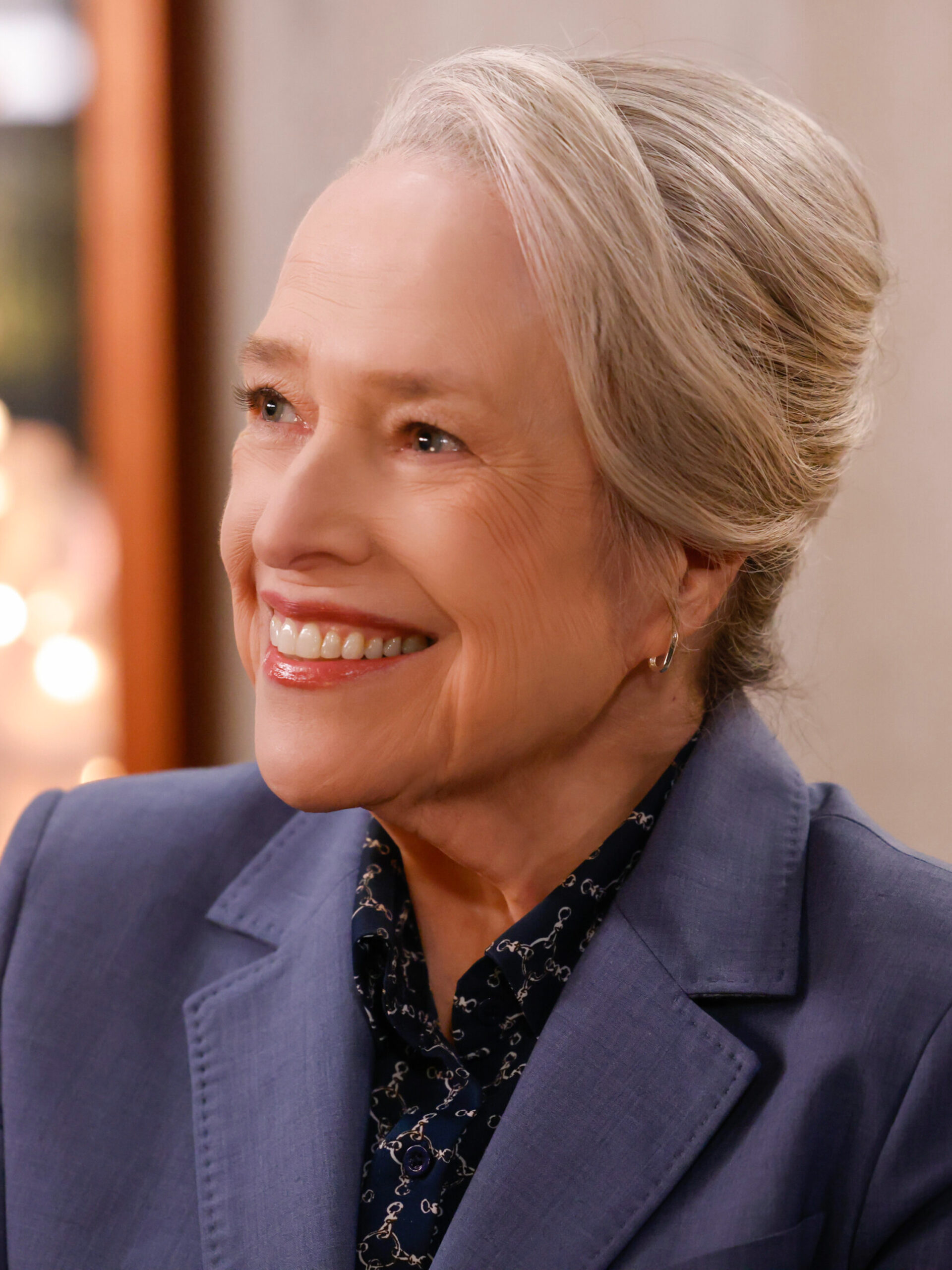
Maddie Matlock is an older woman, too, and that remains the reboot’s biggest strength.
Even if the show’s decision to flip the lead’s gender was made solely to land the glorious Kathy Bates, it still missed an opportunity to focus on the realities of a woman restarting a demanding career in her seventies.
That’s because Kathy Bates can sell anything, and it would’ve been sublime to watch her play the widowed-and-broke Maddie Matlock instead of the married-and-wealthy Madeline Kingston.
Seeing Maddie Matlock trying to get a job as an older candidate was thrilling. She flagrantly used societal age stereotypes to her advantage, which was totally understandable given the stakes of her story.
But the actual stakes of each version of Maddie are vastly different. One is just trying to get through each day, while the other is playing a long game of revenge.
In the spirit that the best lies contain kernels of truth, both Maddies lost a daughter to addiction and are raising a twelve-year-old grandson.
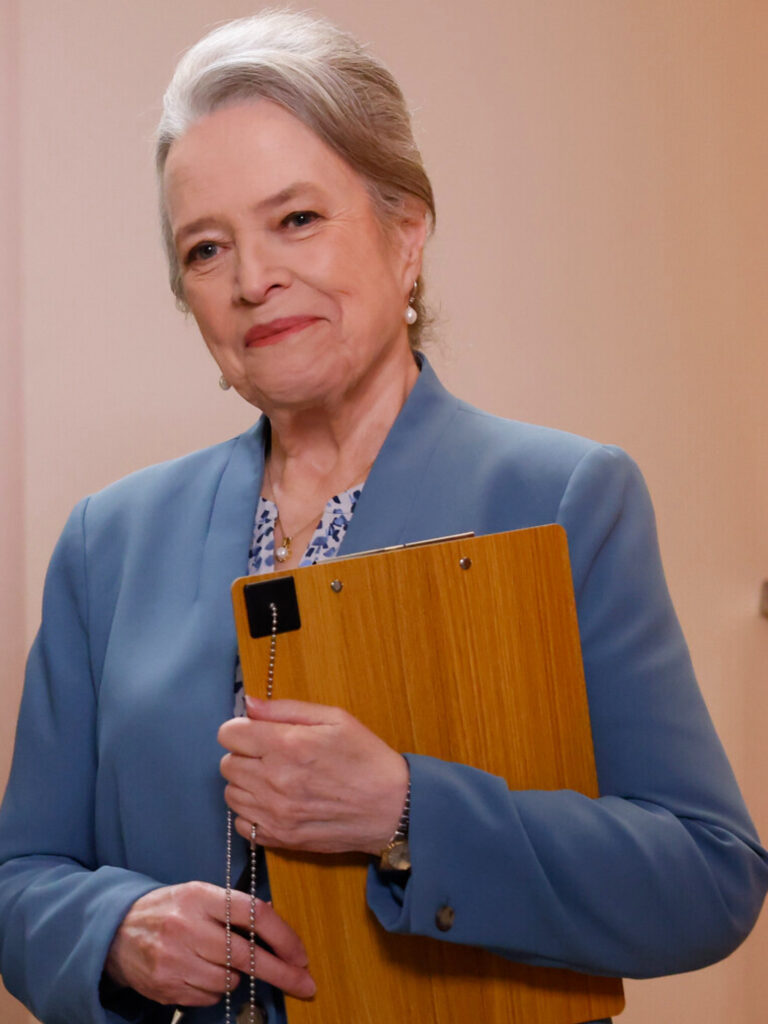
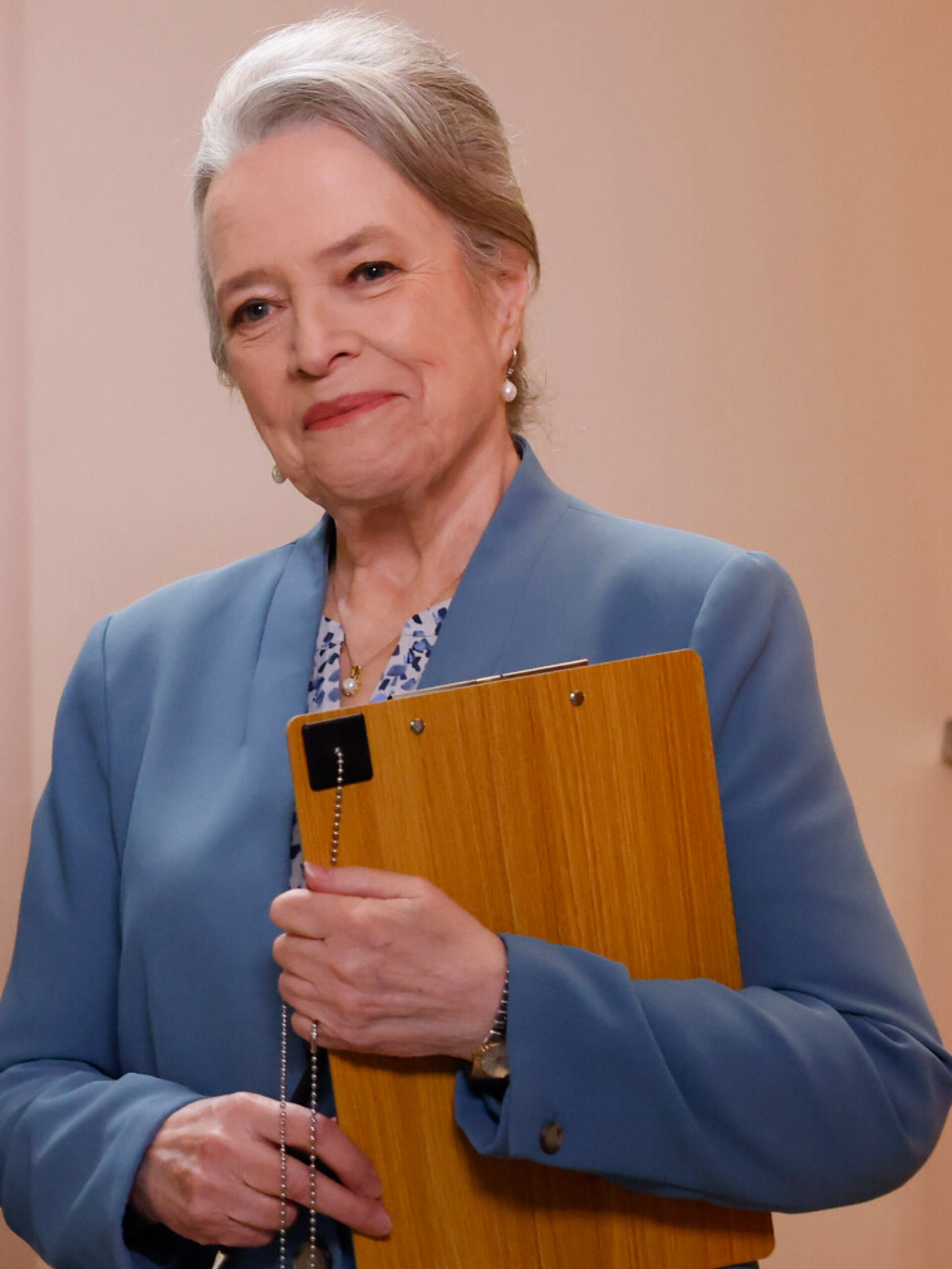
Madeline Kingston is already starting to see the costs of her single-minded mission to discover which lawyers at her firm were responsible for getting Big Pharma off the hook for opioid deaths.
Her grandson’s schoolwork is suffering, and her marriage is getting strained. Meanwhile, her homespun work persona is bringing up many of the uncomfortable truths Madeline has long kept buried.
So yes, all of that is actually super meaty and incredibly interesting.
But my point is that Matlock could’ve gone in a much more realistic direction from the start and still have been totally compelling.
Like the ensemble cast of The Golden Girls, Kathy Bates is an entertainment powerhouse who could’ve done six different versions of this show, and every one of them would have been the best thing on television that night.
Watch Matlock-2024 Online

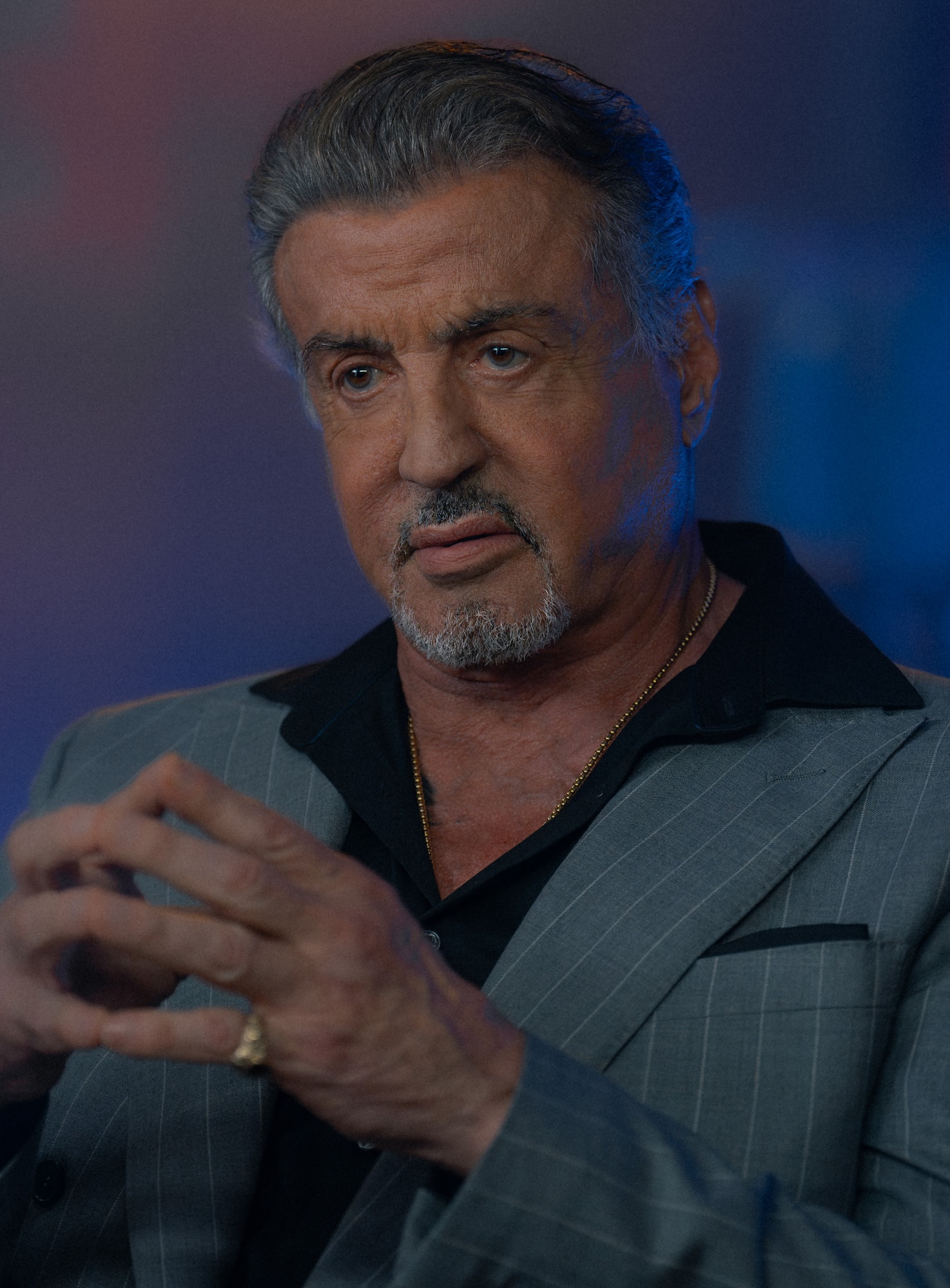
But that doesn’t mean all senior characters on TV need secret superpowers. Or does it?
Enter Dwight Manfredi.
I Would’ve Said A Hard Fifty-Five
Tulsa King gave us Sylvester Stallone as the Golden Goose in his Golden Years — America’s favorite fighting underdog was back on screen and looking damned good for just about any age.
It’s no shock that a TV series starring Stallone would lean more into guns and violence rather than a culture shock character study.
But that very aspect of Tulsa King made it stand out in the first place.
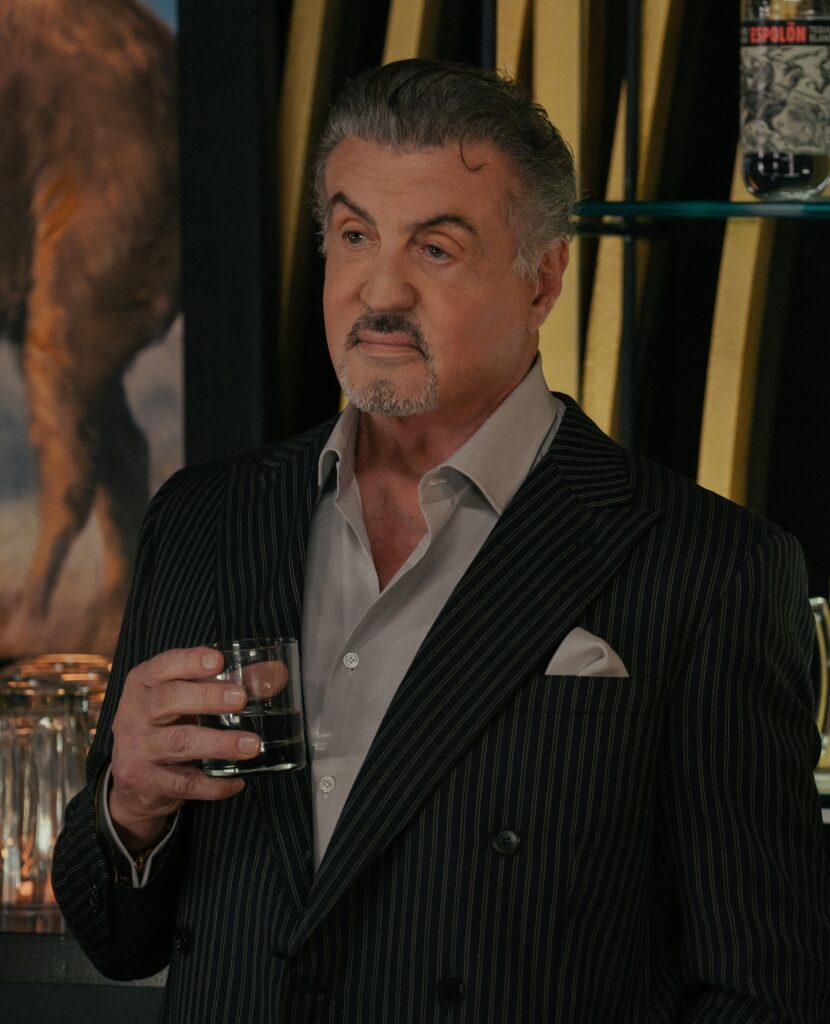
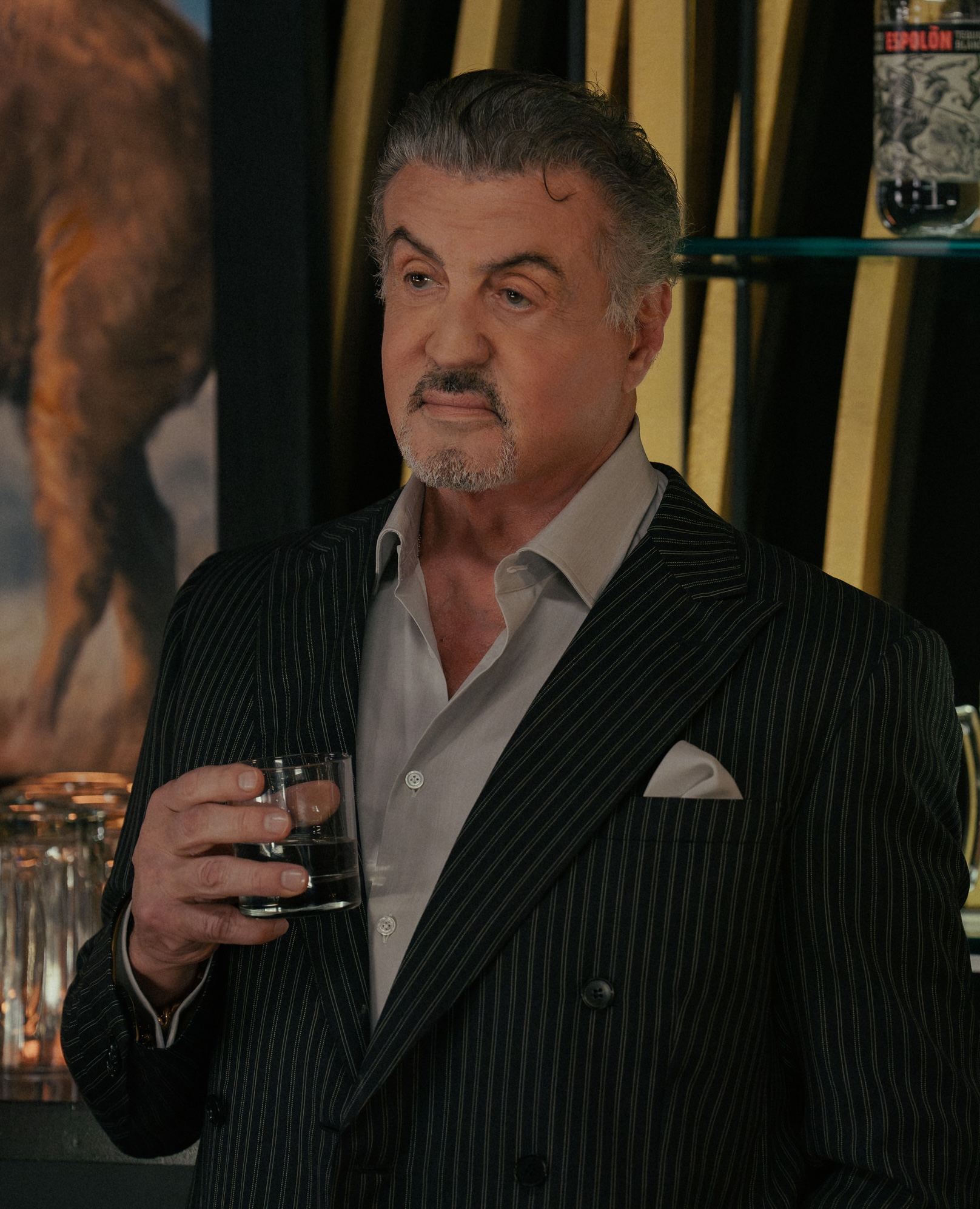
Dwight was dealing with culture shock on at least three levels, starting with going from prison to freedom after twenty-five years of captivity.
The world he was released into was utterly different than the one he’d last roamed as a free man. And modern-day Tulsa, Oklahoma, was entirely different from New York City at any point in time.
What made Tulsa King’s first season so compulsively watchable was Dwight’s open — dare I say youthful? — attitude as he acclimated to these changes in his life.
He noted how things were now compared to a quarter-century ago but also stayed more curious about the present than stuck in the past.
He even entered the dating world, where at least one woman (an ATF agent, no less!) thought he was much younger than his actual age.
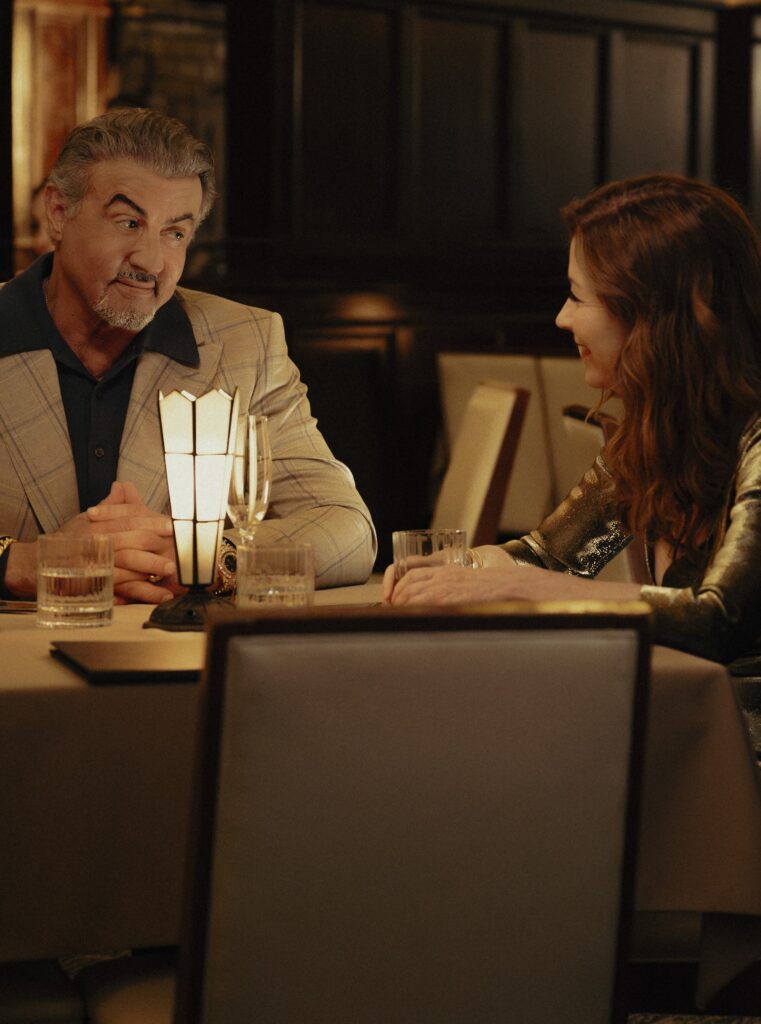

True, there’s only so much story material that can be mined from Dwight’s cultural adjustments, but season one wasn’t quite yet finished with any of them, much less all three.
Also on deck was Dwight’s effortless charm and respect for others. The gentleman gangster is a good character trope in general and a perfect role for Stallone, who is incapable of being anything less than lovable on screen.
The premise of Tulsa King hinged on Dwight’s banishment to Oklahoma instead of his getting due respect and compensation for spending a third of his life in prison for his boss.
Of course, that whole mess in New York City, with Chickie taking over as boss and disrespecting Dwight, had to be dealt with narratively.
But the main pleasure of the first season was watching Dwight use his New York City strongarm tactics with the often befuddled Tulsa denizens, who took a more relaxed view of their own criminal activities.
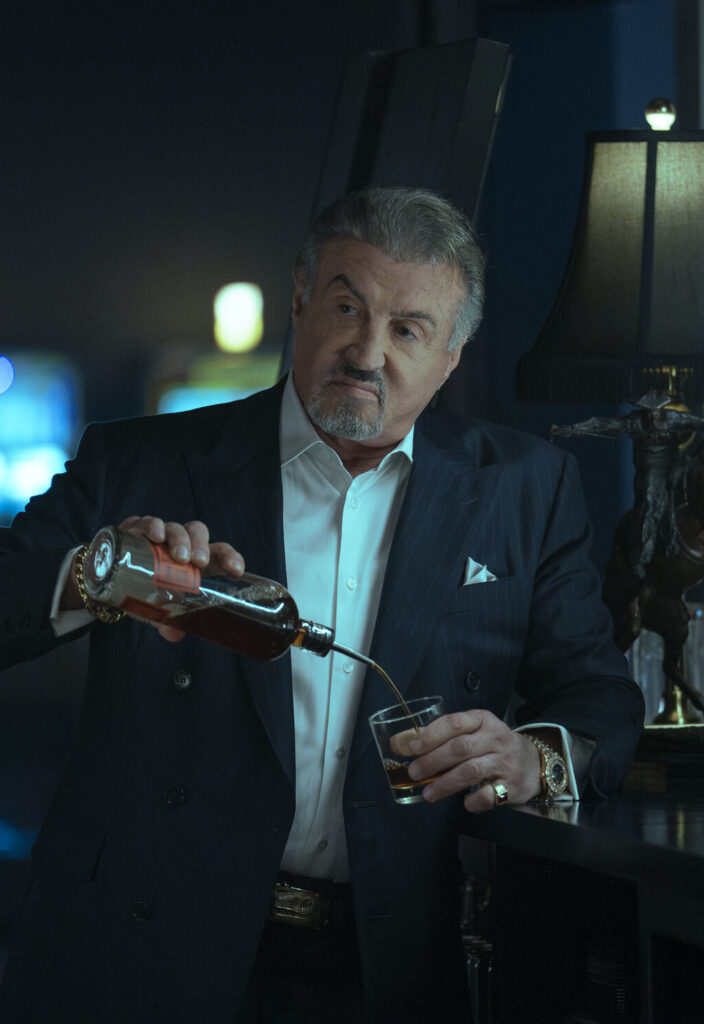
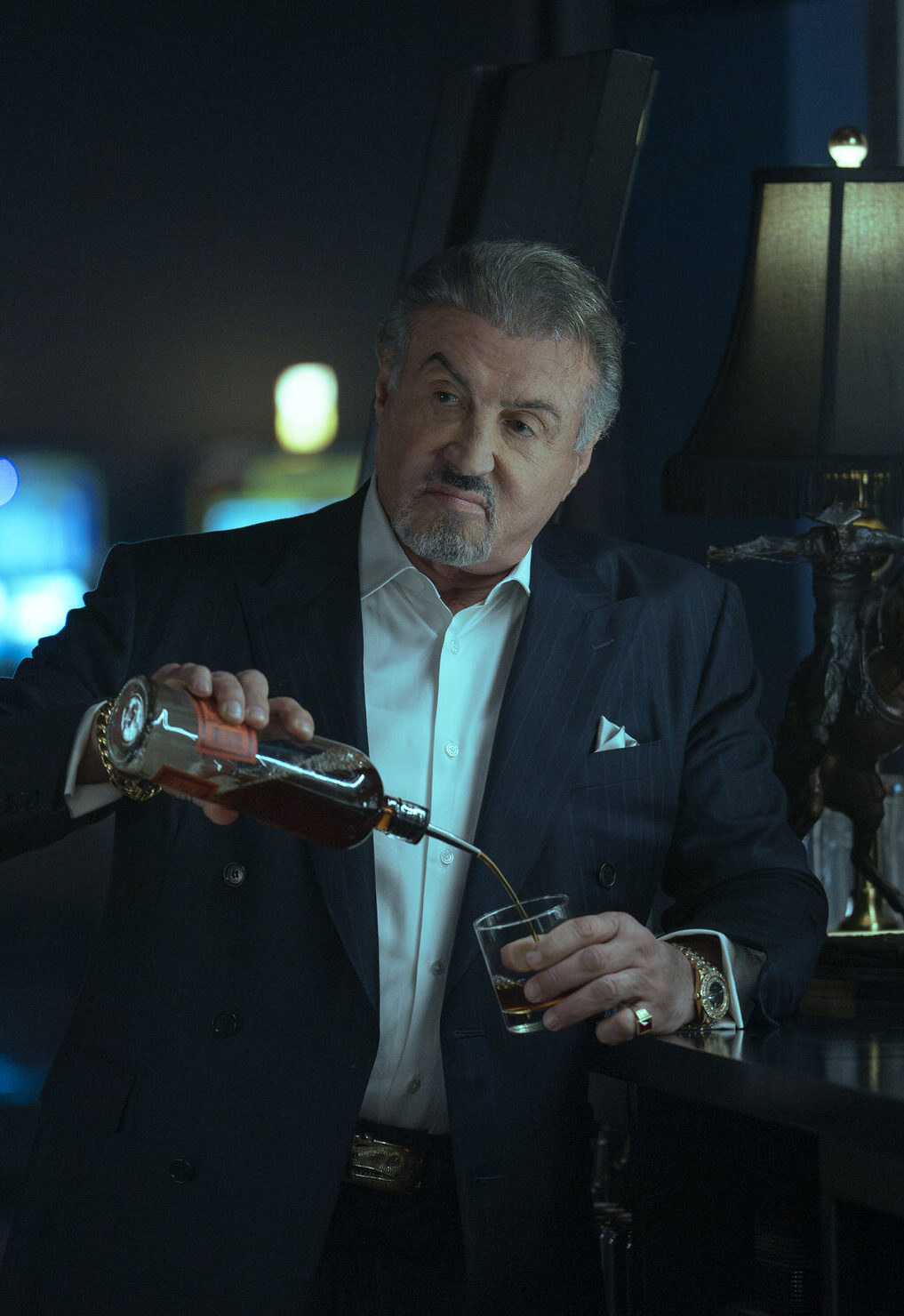
The physical distance between Tulsa and New York kept that mob plotline secondary to Dwight’s character growth as he created a new life for himself in Oklahoma.
Dwight’s business success roused even the complacent Tulsa crime lords, leading to some good old-fashioned gunfights on his new turf.
But any hope of the New York storyline fading away was dashed when season two featured almost equal screen time with Chickie’s gang.
The show effectively became about warring mob factions and surrendered its focus on Dwight’s unique perspective from his age and experience.
Watch Tulsa King Online
What Are We Missing Out On?
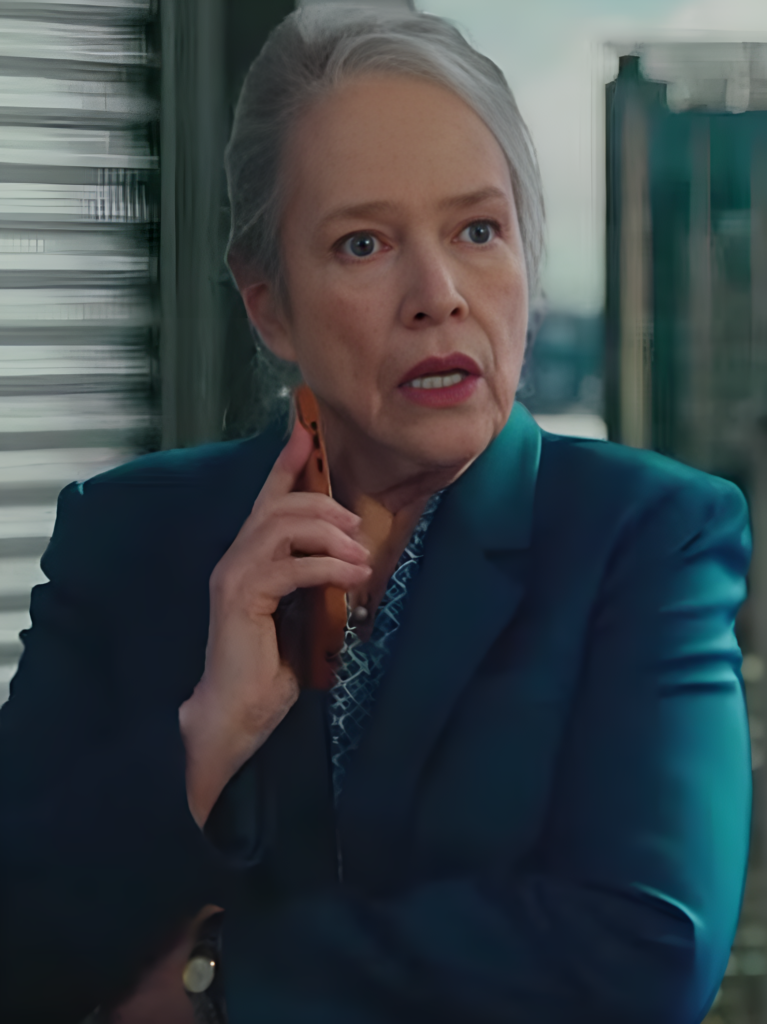
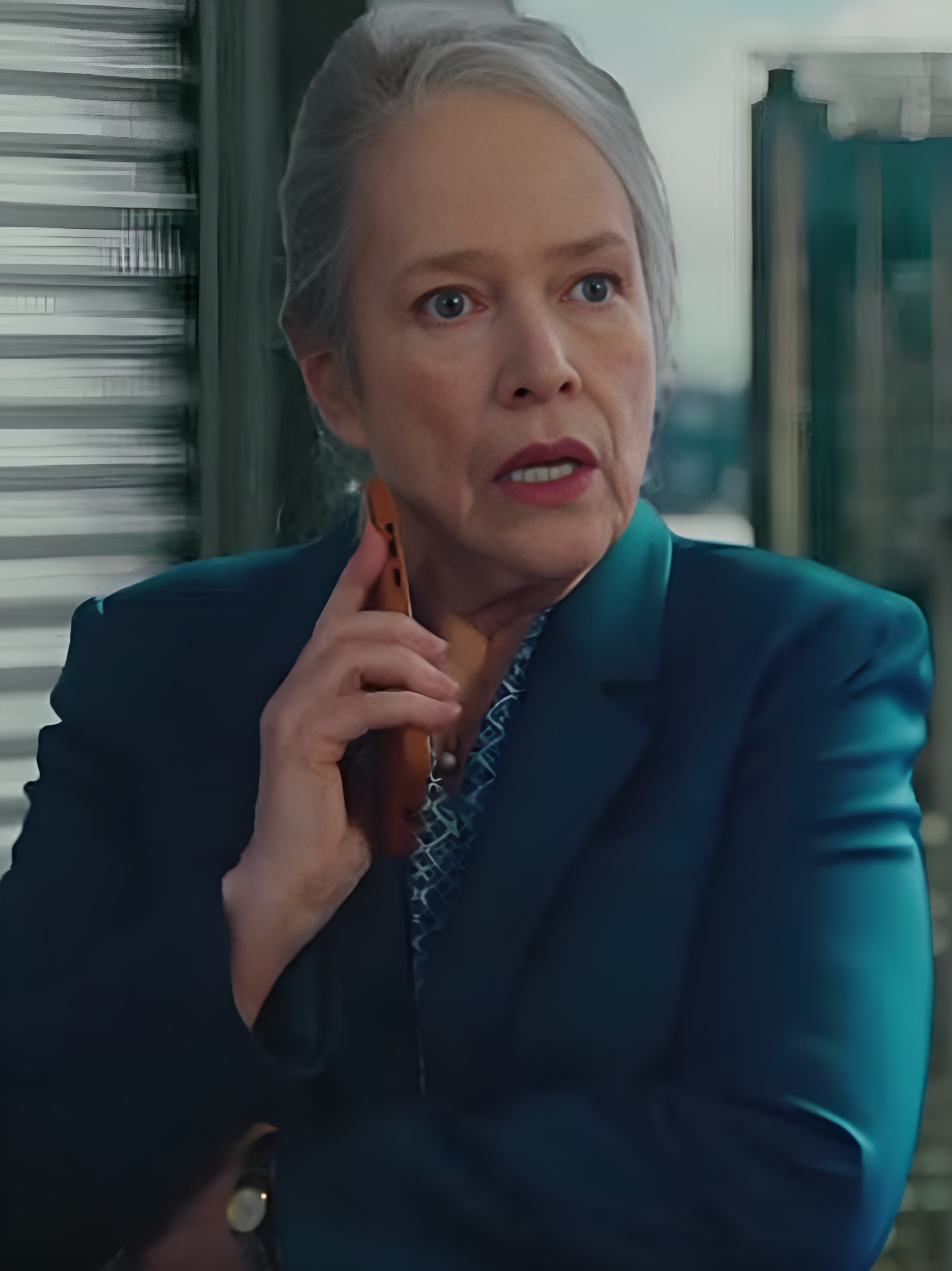
Matlock and Tulsa King share a different point of view based on the age of their leads, which still has value for the current world and its younger people.
These experienced viewpoints often take a backseat in these new shows, but they were the main focus of The Golden Girls. That fresh generational perspective — plus a lot of humor! — was enough for audiences back then.
When you think about it, The Golden Girls was really just an extension of a family sitcom, a genre that had its heyday around the same time. Even then, gimmicks weren’t new — Alf, anyone? — but the spin of vibrant older women facing routine life changes together sure was.
Nowadays, it’s almost as if a show about older people and their daily concerns is too risky without some other jazzy aspect tacked on.
The Golden Girls famously employed slapstick and physical comedy, but the iconic image associated with the show is the girls seated at their kitchen table.
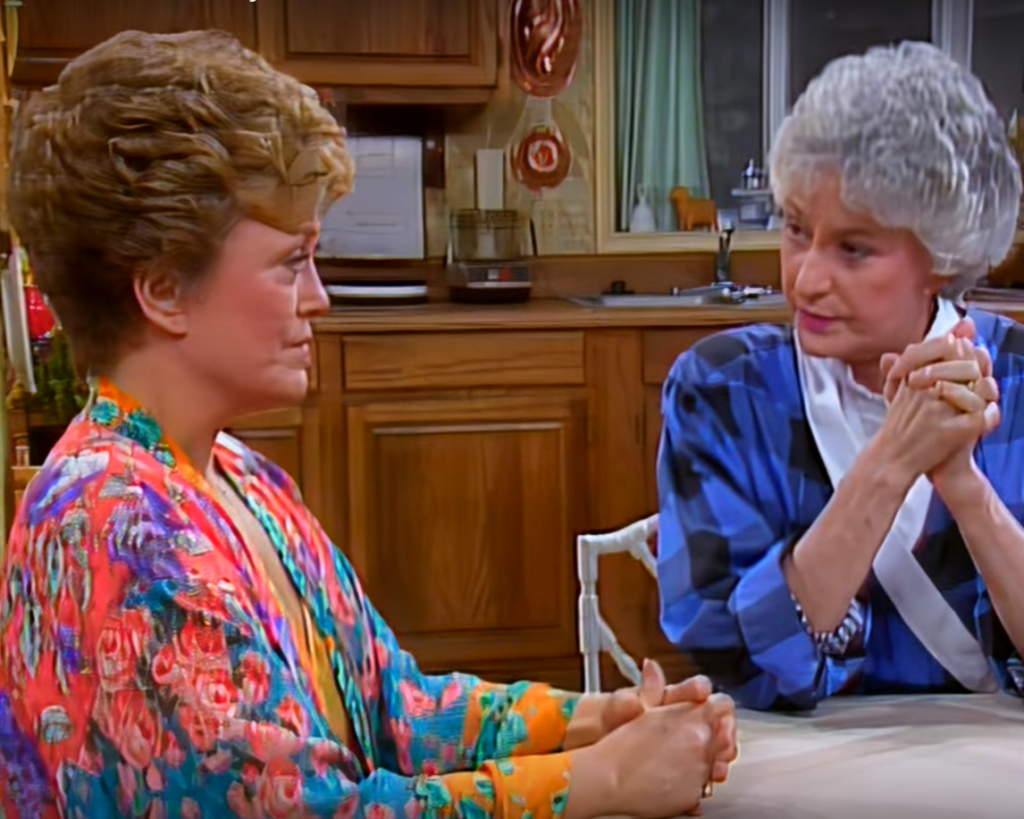
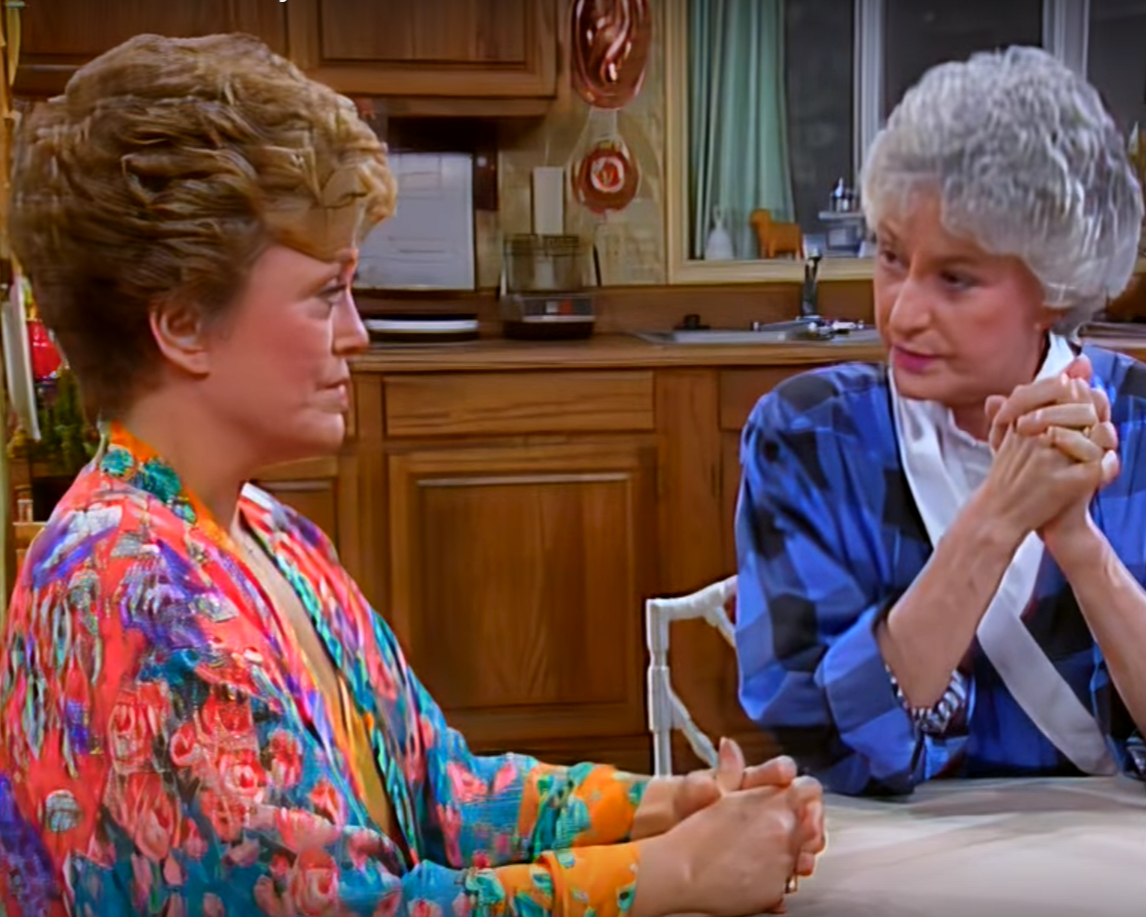
That’s where Rose spun her loopy St. Olaf stories, and Sophia made us “Picture it: Sicily, 1924,” while Blanche regaled her fellow seatmates with highly specific tales of romantic conquests.
These kitchen table conversations existed in a lively present moment, even when they were about events from years past. Plans were made, secrets confessed, and memories shared, all while the only physical activity was pulling cheesecake from the fridge and setting the table.
These scenes weren’t filler, nor were they dull. They were completely engaging and moved the plot forward while allowing for the pleasure of feeling like you were also sitting at the table, laughing along with your new best friends.
A great achievement of The Golden Girls is that it wasn’t afraid to tell instead of show. It trusted the audience to follow a story through silent pauses and meandering anecdotes that didn’t always relate to the main plot.
It also didn’t require constant physical distraction or melodrama to be absorbing and emotional.
Do Modern Audiences Need More Moving Parts?
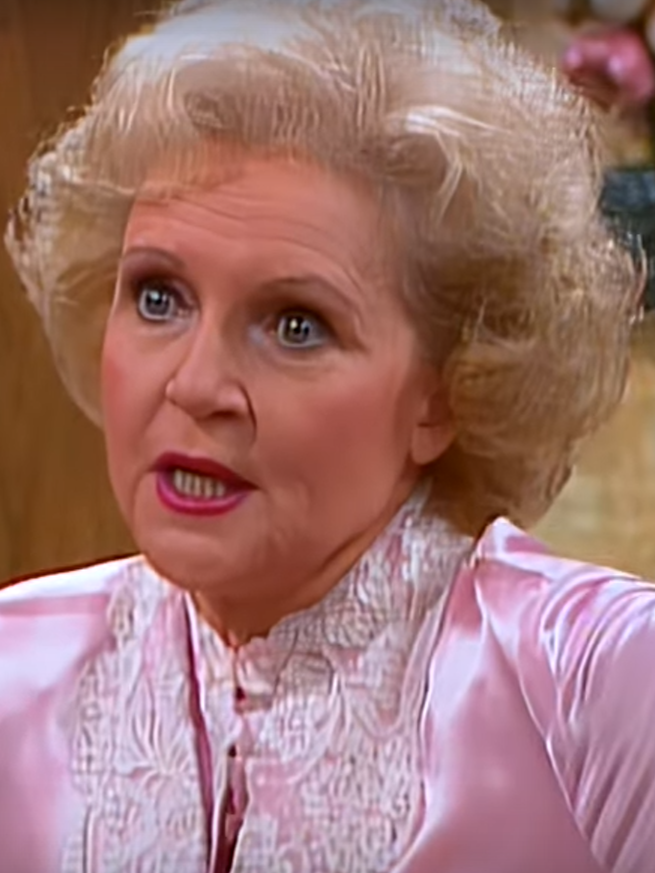

TV can hardly be called “passive” entertainment these days. Between puzzle box shows and non-stop action fests, watching television almost counts as cardio.
It’s not entirely filled with young people, either. Only Murders in the Building continues to be a huge hit with its mature cast, but… it’s also got a ton of murders.
Which is great! Well, not the murder part, but of course, it’s much better for a show to have interesting things going on than not.
It just seems like shows with older leads are expected to have unusual talents or complex stories with lots of action instead of trusting that audiences might not need so many bells and whistles.


The Golden Girls was a product of its time, and modern TV audiences are accustomed to a faster pace of visual storytelling.
But in a television landscape full of quieter, realistic shows with younger casts, it doesn’t seem like a big ask to have a few that feature older leads who aren’t secret sleuths or criminal masterminds.
What do you think, TV fanatics? Let us know in the comments!
Watch The Golden Girls Online
